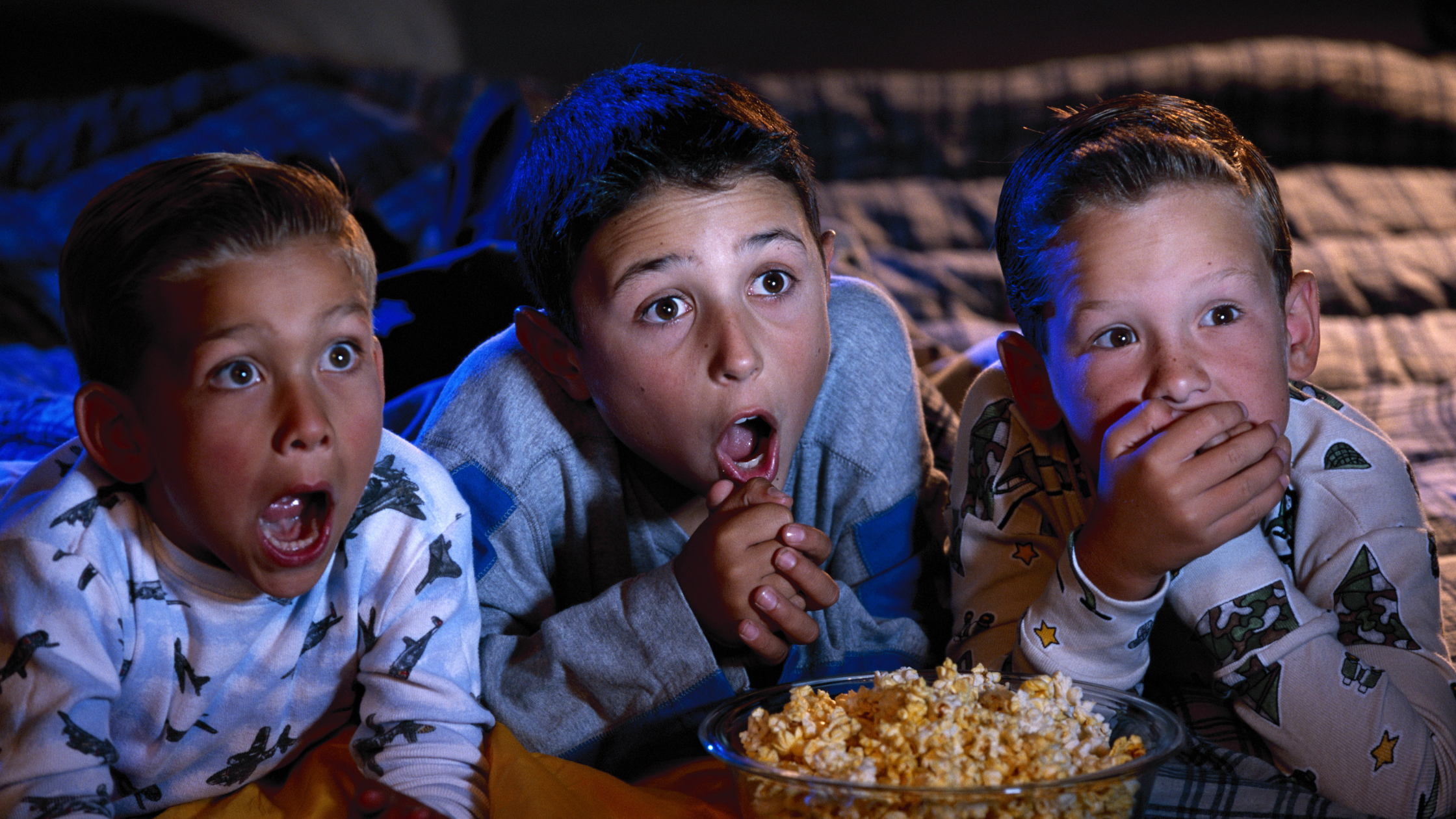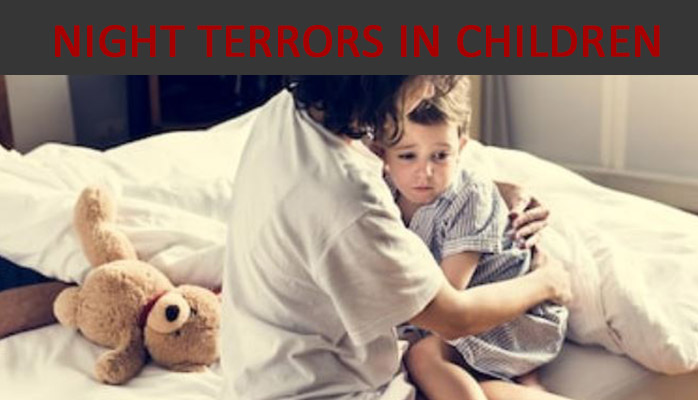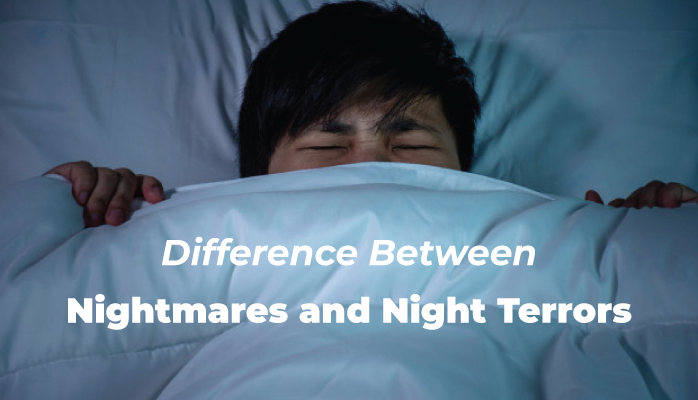What are nightmares?
We’ve all had nightmares, vivid dreams that cause feelings of fear, terror, anxiety, etc. Especially vivid or terrifying nightmares usually result an abrupt awakening from REM sleep with distinct memories of the dream. Returning to sleep after these experience can be difficult, and the nightmares are often remembered the next morning as well.
Naturally, children and adults react differently to nightmares. Anyone who has had a child wake up in the middle of the night screaming in terror can attest to this. For one, adults rarely have this reaction. Secondly, as a parent, it’s both scary and distressing to watch your child go through this, especially when it seems impossible to console your child.
Nightmares in children are most common in children who are 3-6 because these are the ages in which imagination is extremely active and children develop normal fears develop [WebMD].




